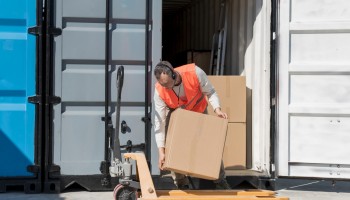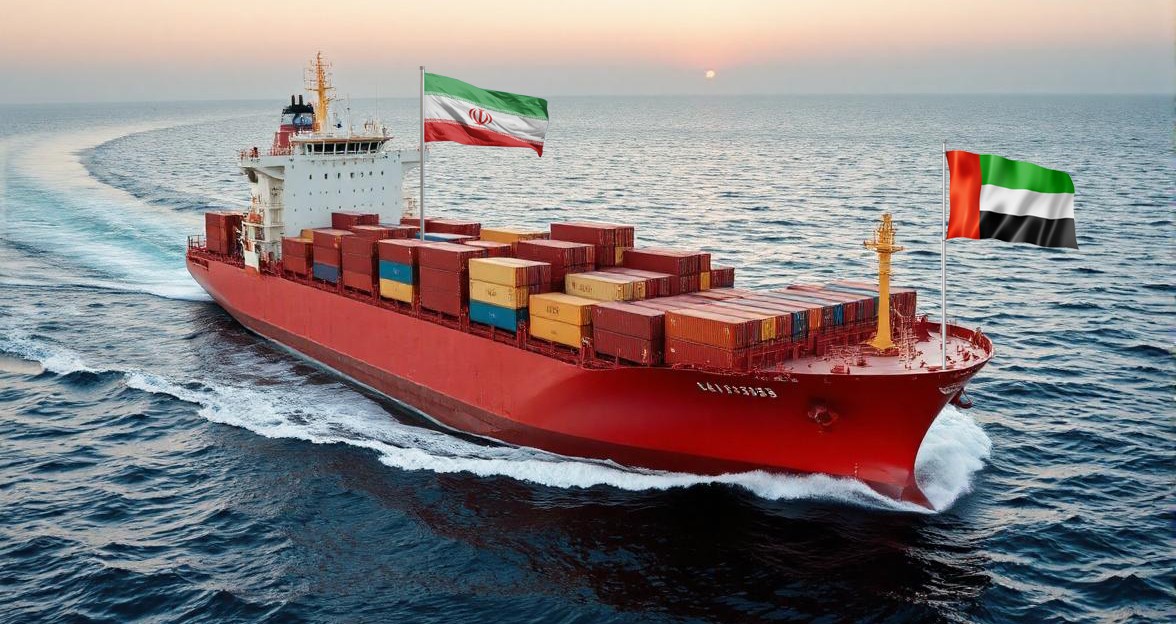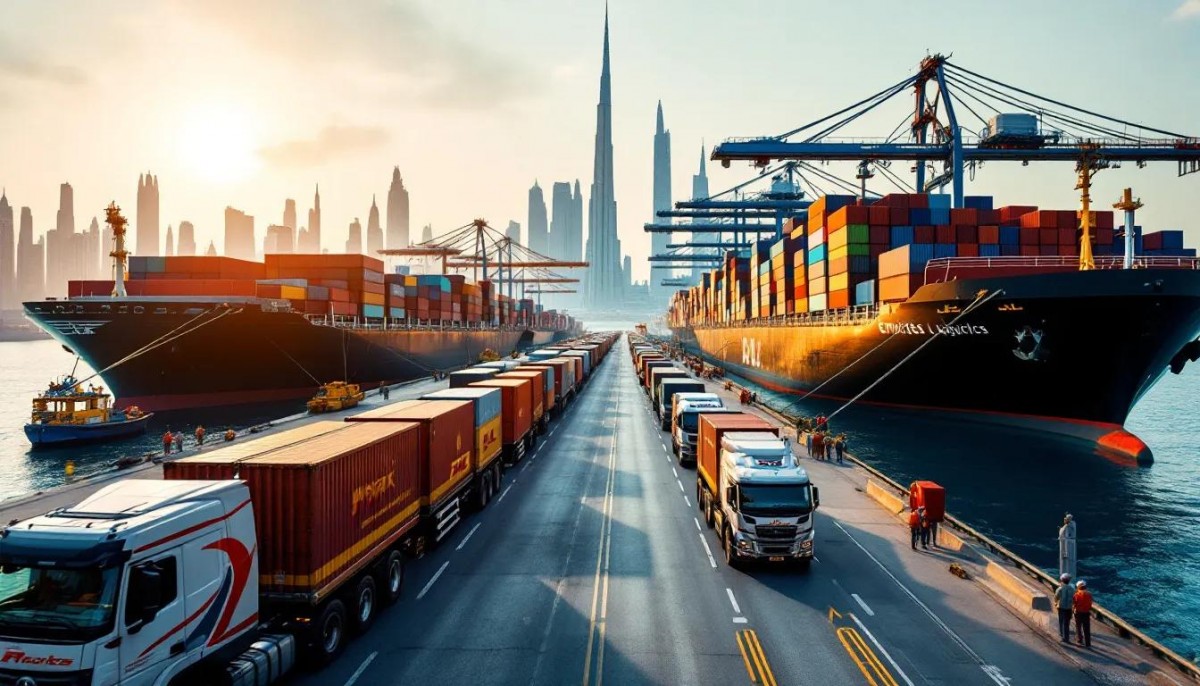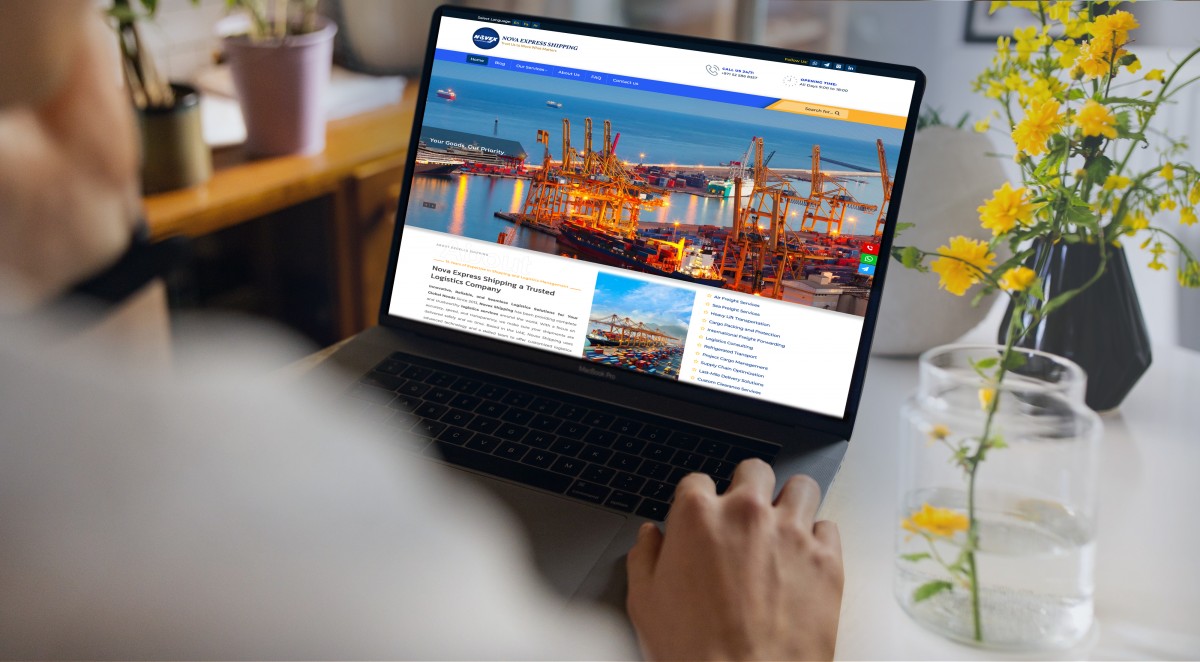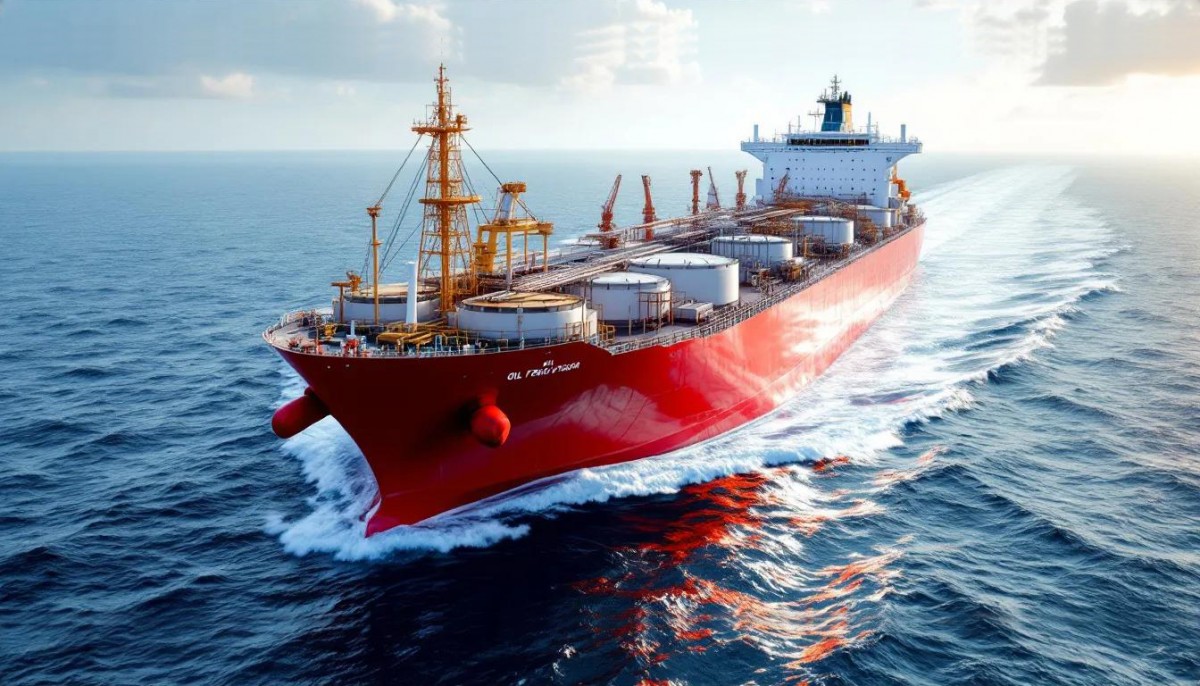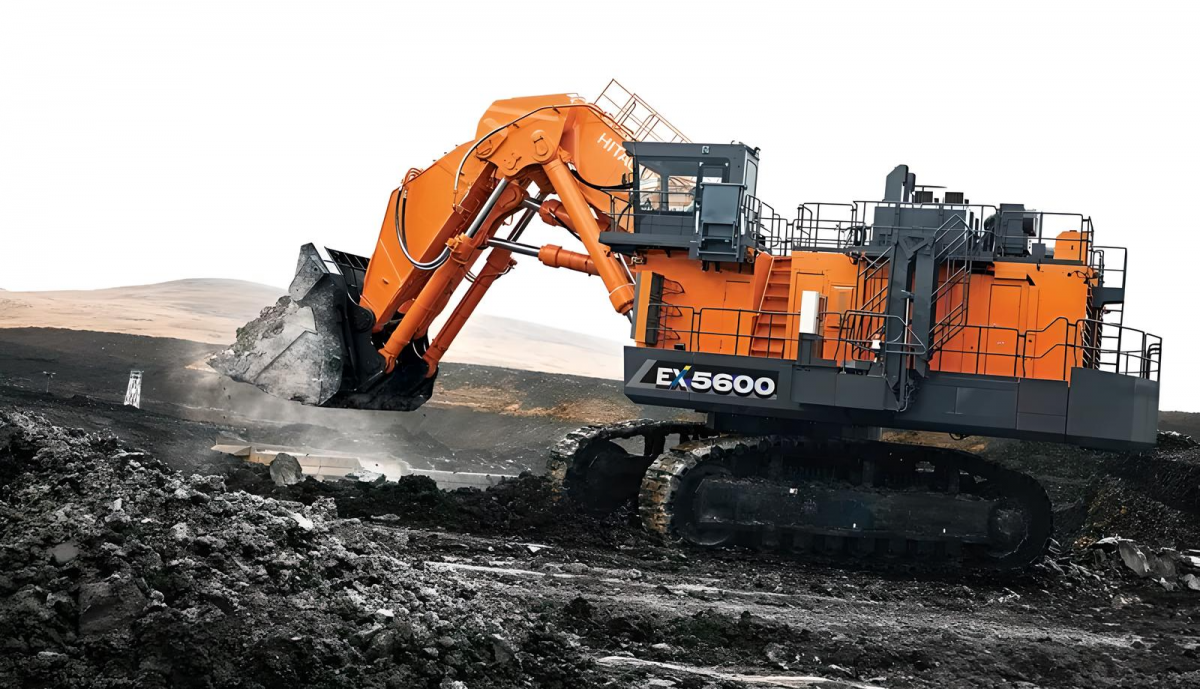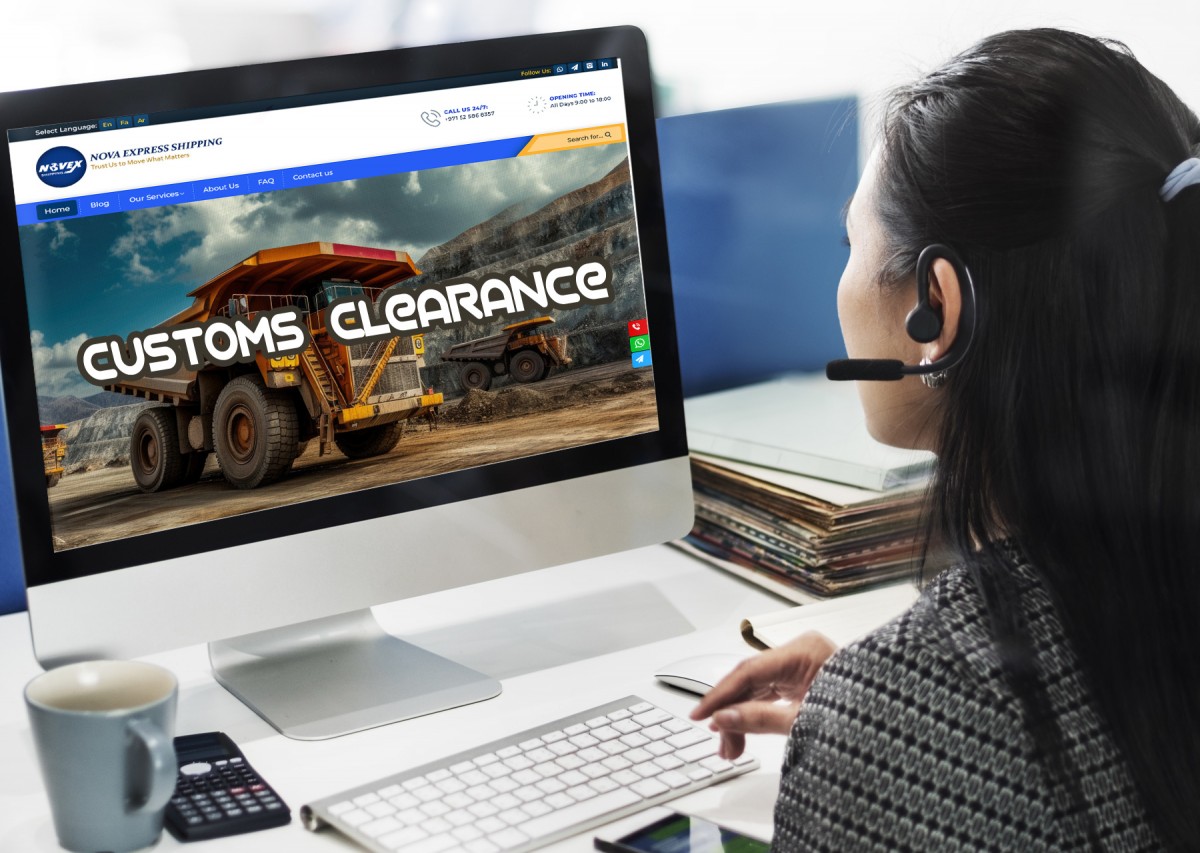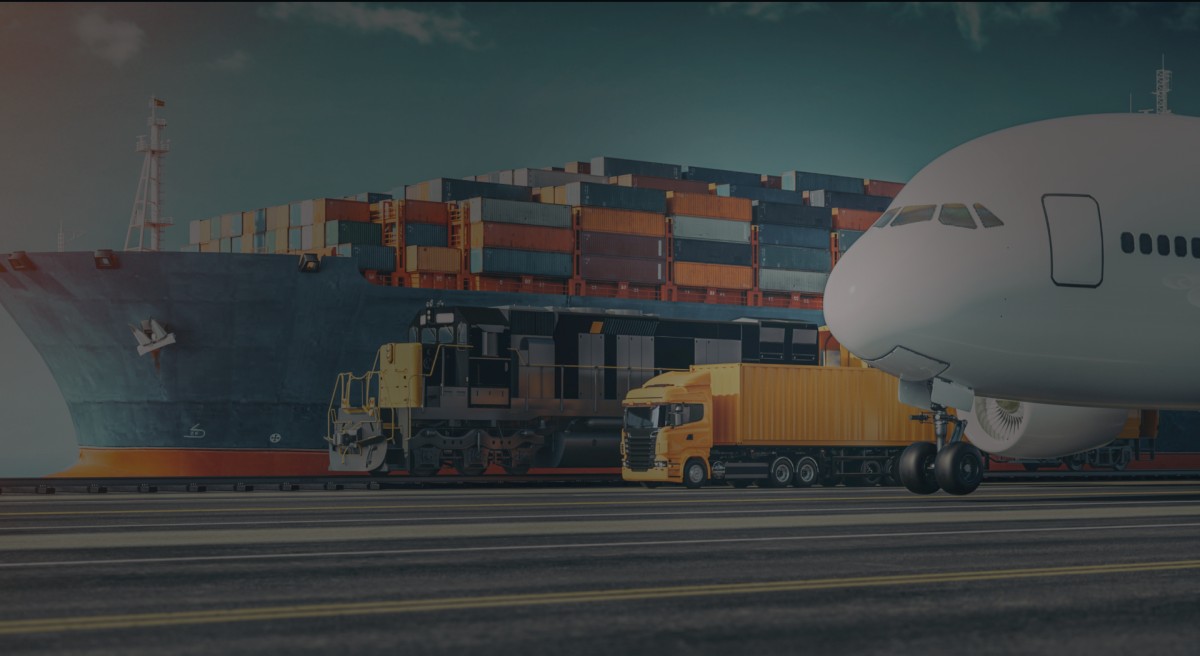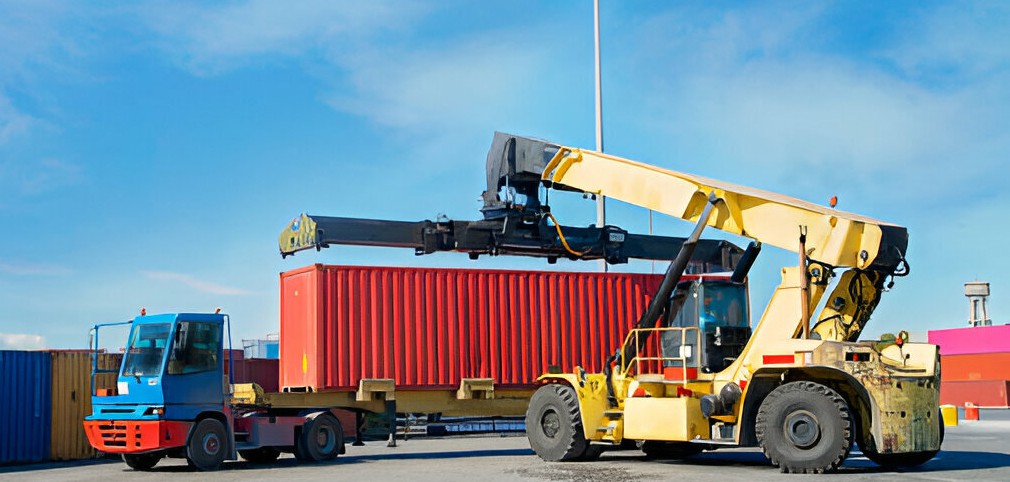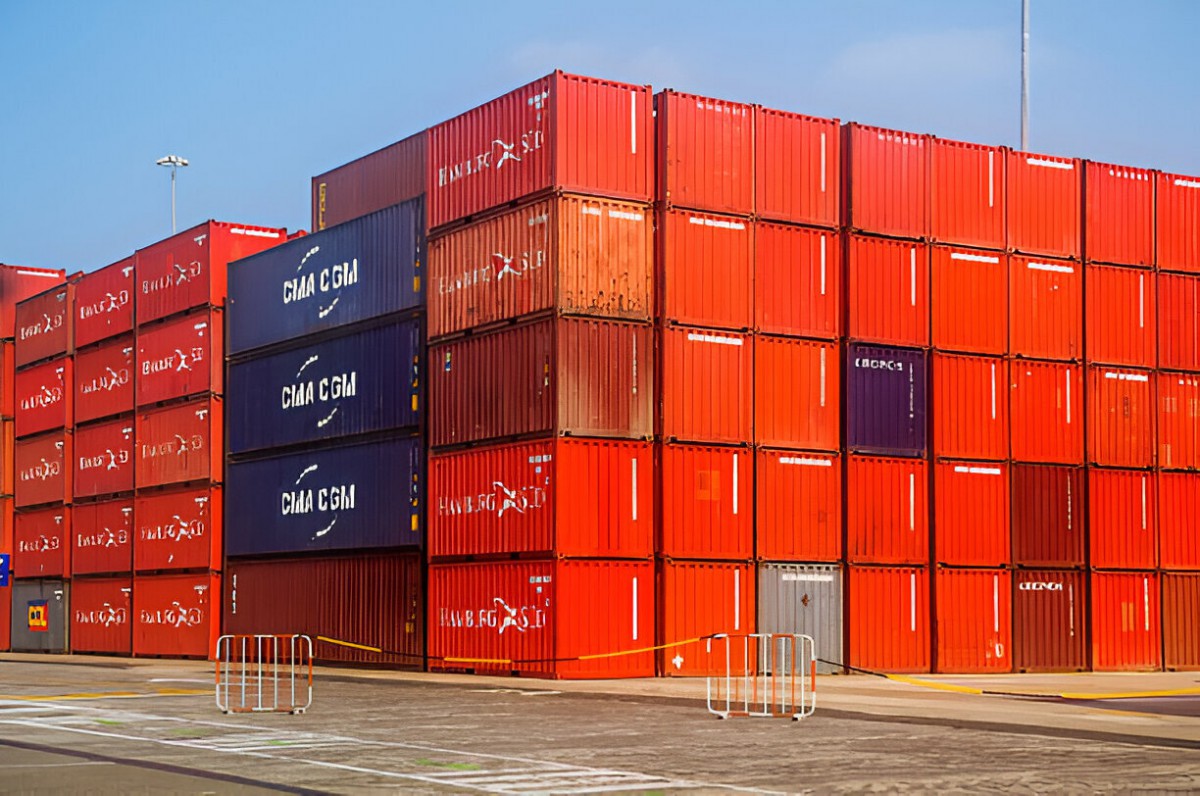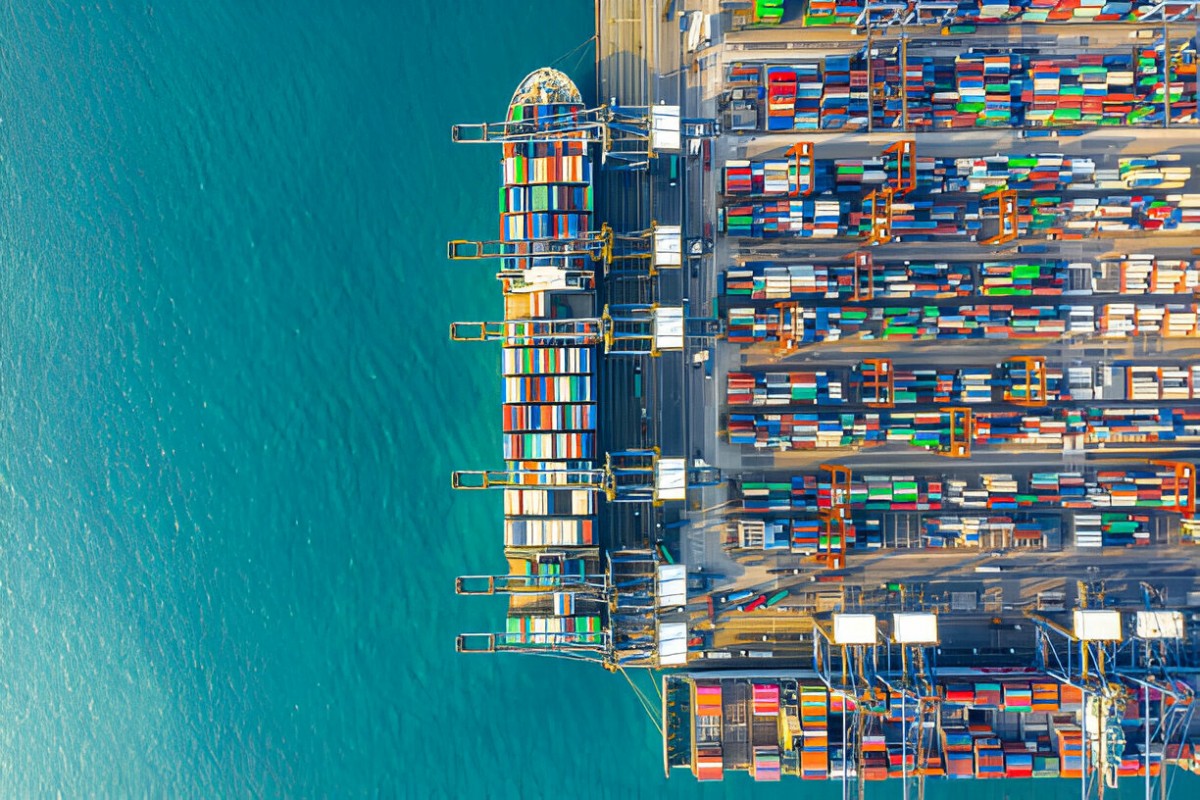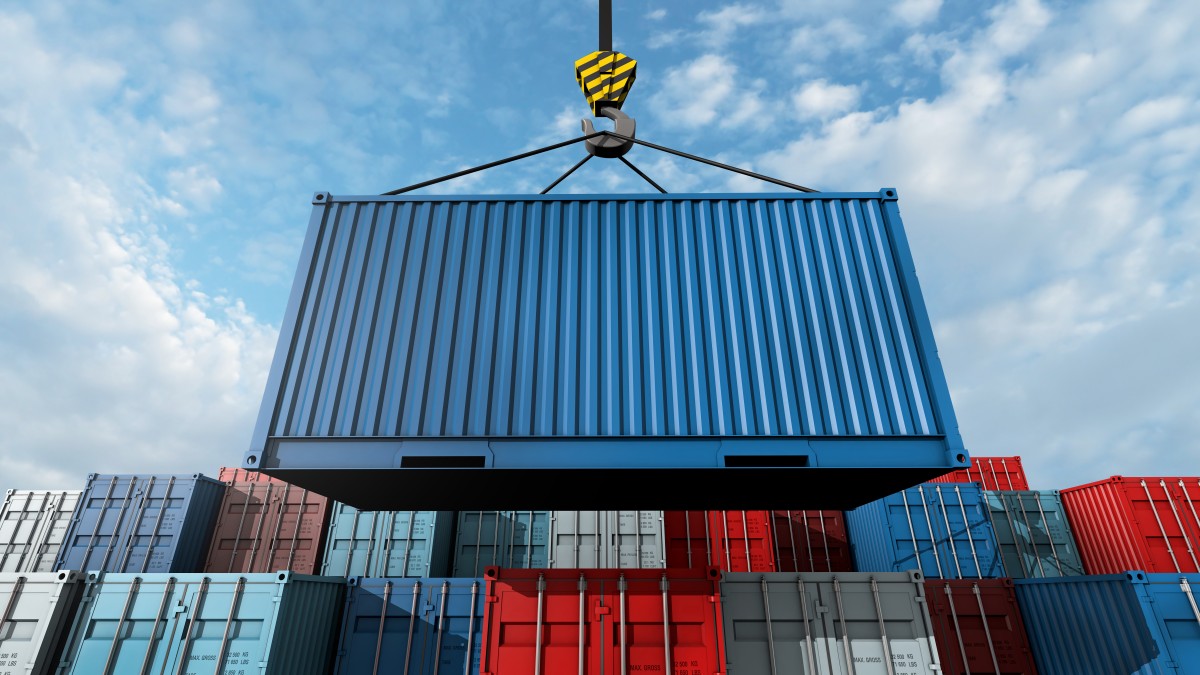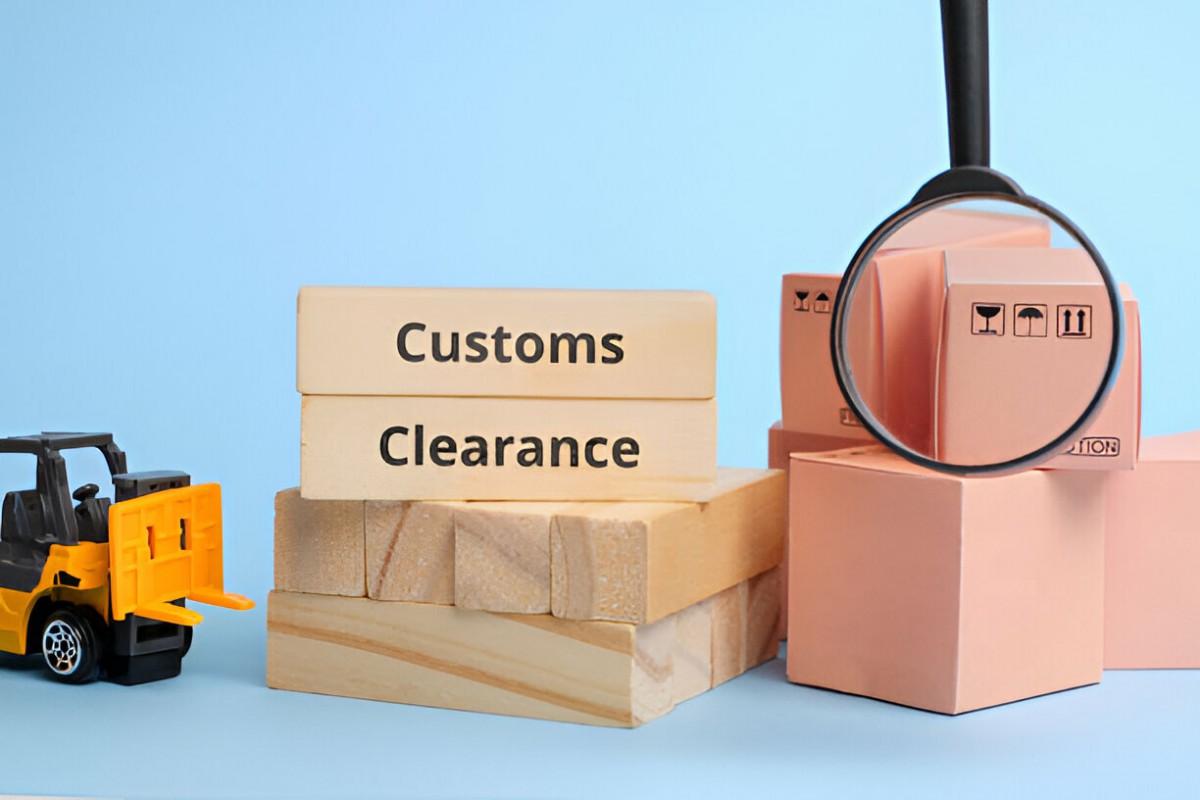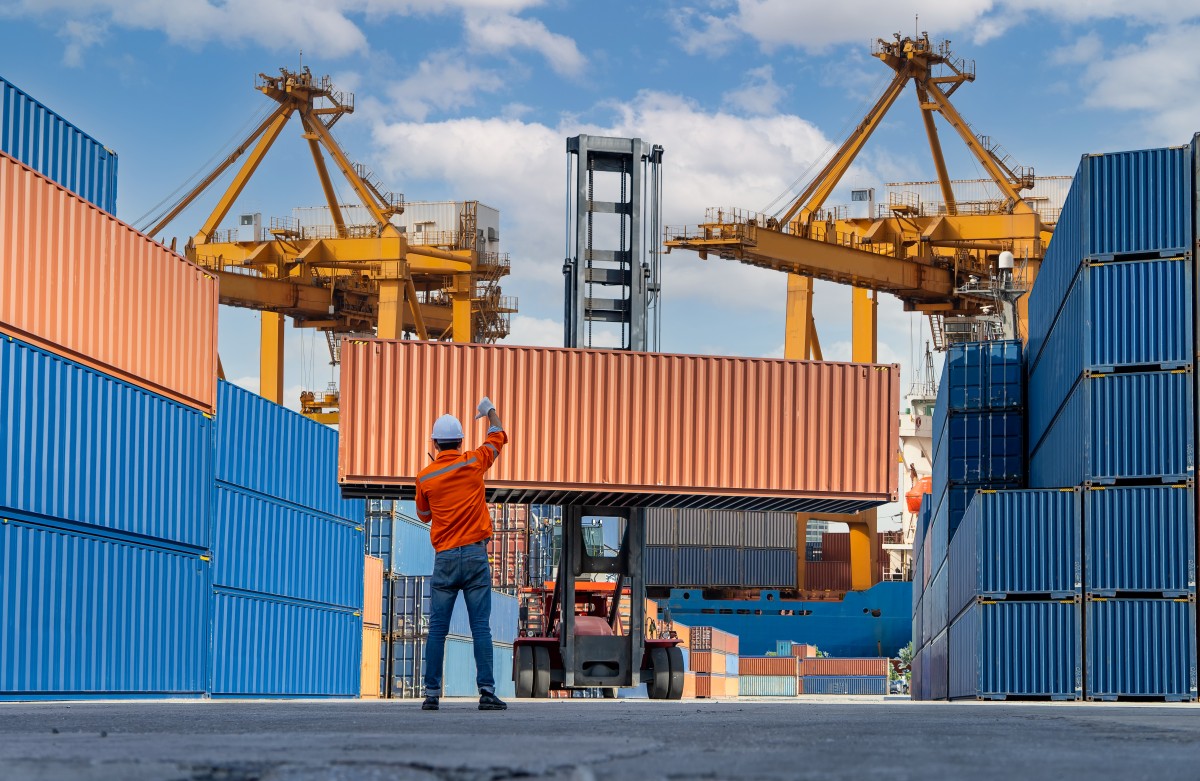In the intricate world of containerized shipping, two essential logistics terms often shape the efficiency and cost of freight movement: Container Yard (CY) and Container Freight Station (CFS). Whether you're managing a full container load or coordinating multiple smaller consignments, understanding the differences and applications of CY and CFS can significantly improve your cargo planning and delivery.
Let’s break down what each facility offers and how they fit into your logistics strategy.
What is a Container Yard (CY)?
A Container Yard (CY) is a designated section within a port terminal used primarily for the temporary storage of full containers - either waiting to be loaded onto a vessel or just unloaded and awaiting pickup.
In CY operations:
- Full Container Load (FCL) cargo is dropped off or picked up in its entirety.
- There’s minimal handling of the cargo itself—focus is on container-level logistics.
This setup is especially efficient when shipping full loads between port-to-port locations.
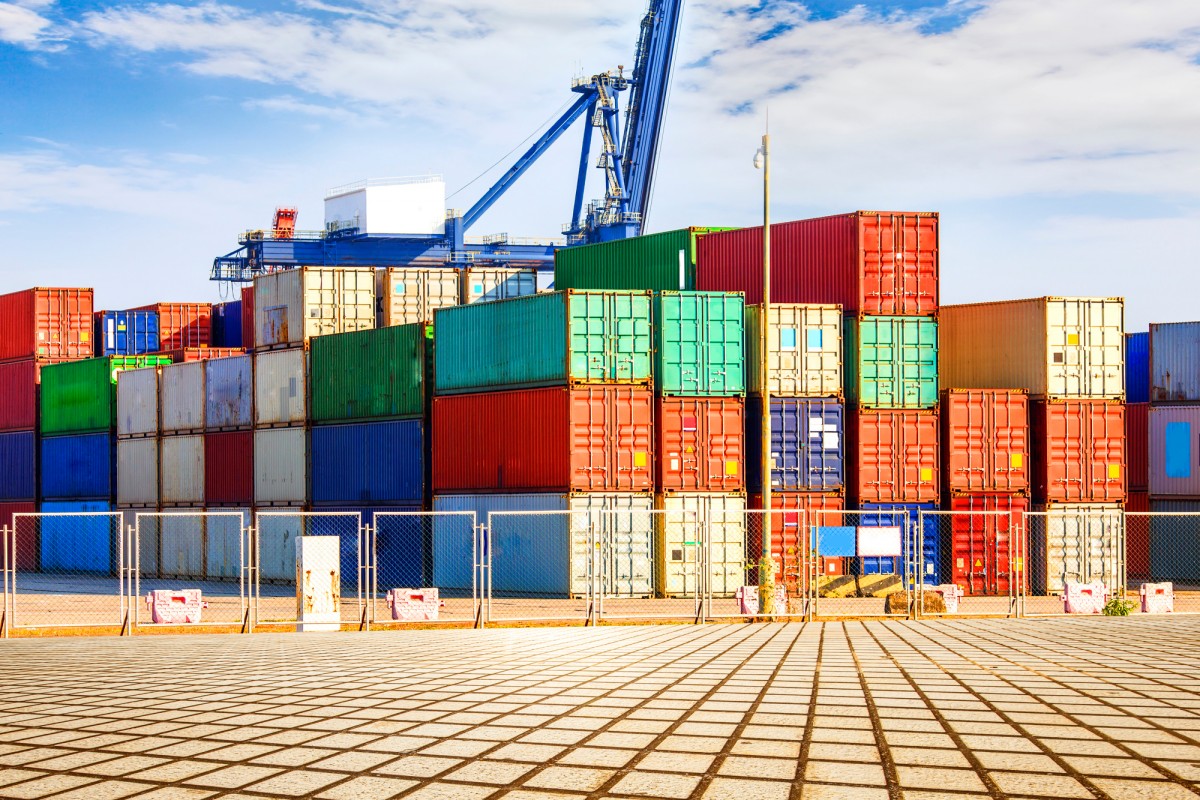
What is a Container Freight Station (CFS)?
A Container Freight Station (CFS) is a facility- either located within a port or inland - designed for cargo-level handling. It’s where containers are either stuffed with cargo from multiple shippers or de-stuffed to be distributed to multiple consignees.
CFS services include:
- Consolidation (for outbound LCL)
- Deconsolidation (for inbound LCL)
- Customs clearance, sorting, packing/unpacking
CFS is crucial for Less than Container Load (LCL) shipments where cost-efficiency depends on sharing space with other cargo owners.
Key Differences Between CY and CFS
| Feature | Container Yard (CY) | Container Freight Station (CFS) |
|---|---|---|
| Location | Located within the port terminal area | Located either at the port or at an inland logistics facility |
| Primary Function | Temporary storage and handover of full containers (FCL) | Cargo consolidation and deconsolidation (LCL) |
| Suitable for | FCL (Full Container Load) | LCL (Less than Container Load) |
| Key Operations | Gate-in/gate-out, container stacking, vessel loading and unloading | Stuffing and de-stuffing, cargo segregation, customs clearance |
| Shipping Terms Example | CY/CY | CFS/CFS or CY/CFS |
| Ideal Shipment Type | High-volume cargo shipped from one exporter to one consignee | Multiple smaller consignments from/to different parties |
Understanding the operational and functional differences between CY and CFS facilities is vital for choosing the right service type. Refer to the table above for a detailed comparison.
Logistics Models Involving CY and CFS
Shipping documents often reference combinations like CY/CY, CY/CFS, or CFS/CFS. These terms describe the origin and destination points where cargo is either handled or transferred.
CY/CY (Container Yard to Container Yard)
-
Use case: Full container from one shipper to one receiver.
-
How it works: The container is delivered at the origin port's CY and collected from the CY at the destination.
- Advantage: Fast, simple, ideal for high-volume FCL shipments.
Example: Novex Shipping transports a full container of tiles from Valencia Port to Port Khalid. The container moves CY to CY, untouched in between.
CY/CFS (Container Yard to Container Freight Station)
- Use case: Full container with multiple buyers.
- How it works: Shipper delivers FCL cargo to the CY; after arrival at destination port, the container is transferred to a CFS for deconsolidation and partial delivery.
- Advantage: Great for shipments destined to multiple recipients.
Example: Novex Shipping ships electronics from Busan to Jebel Ali. The container lands at the port CY and is then moved to a Dubai-based CFS where different retailers collect their share.
CFS/CFS (Container Freight Station to Container Freight Station)
- Use case: LCL shipments from multiple shippers to multiple consignees.
- How it works: Cargo is consolidated at an origin CFS and deconsolidated at a destination CFS.
- Advantage: Cost-effective and flexible for low-volume exporters/importers.
Example: A small business uses Novex Shipping to send sample garments from Dhaka to Rotterdam. Items are packed at a CFS, grouped with other shipments, and separated at destination CFS.

Why Understanding CY and CFS Matters
Proper awareness of these facilities can drastically enhance your freight planning. Here's how:
Cost Optimization
- LCL via CFS reduces costs when your cargo doesn’t fill an entire container.
- Comparing services between CFS and CY helps negotiate better deals.
Improved Operational Control
- Choose CY for quick port-to-port FCL.
- Opt for CFS when you need customs clearance, repacking, or multi-destination deliveries.
Better Transparency and Tracking
- Knowing where your container is stored (CY) or where cargo is consolidated/deconsolidated (CFS) offers greater visibility in your supply chain.
When to Use CY or CFS?
Here’s a quick decision guide:
- Use CY if: You’re shipping a full container and need minimal handling.
- Use CFS if: Your cargo is part of a shared container, or you need customs and cargo services.
Selecting the right model—CY/CY, CY/CFS, or CFS/CFS—isn’t just a paperwork detail; it shapes your cost structure, delivery time, and risk profile.
At Novex Shipping, we provide integrated freight solutions covering both CY and CFS operations worldwide. Whether you're managing a full container or a partial load, our team ensures smooth handover, real-time updates, and tailored support from port to final delivery.
Want to optimize your next LCL or FCL shipment?
Reach out to Novex Shipping for competitive rates and logistics guidance tailored to your route.



